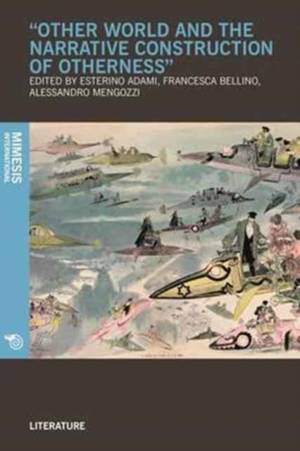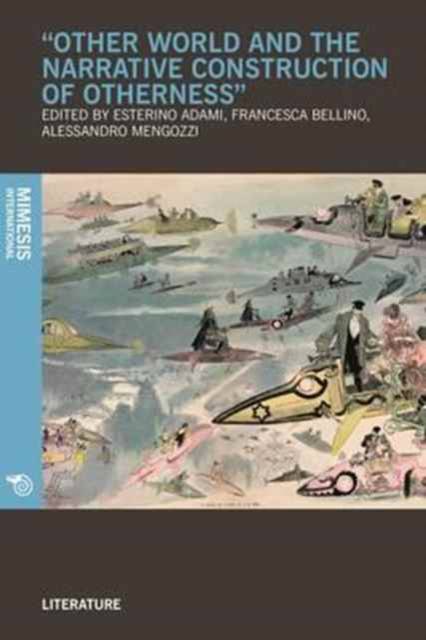
- Afhalen na 1 uur in een winkel met voorraad
- Gratis thuislevering in België vanaf € 30
- Ruim aanbod met 7 miljoen producten
- Afhalen na 1 uur in een winkel met voorraad
- Gratis thuislevering in België vanaf € 30
- Ruim aanbod met 7 miljoen producten
Zoeken
Other Worlds and the Narrative Construction of Otherness
Esterino Adami, Francesca Bellino, Alessandro Mengozzi
€ 19,95
+ 39 punten
Omschrijving
Contributions are arranged in four main sections. The first section (Other spaces, new worlds) deals with Hindi and Arabic Science Fiction. The second section (Constructing forms of otherness) analyses the narrative and psychological mechanisms that give forms to a stereotype or archetypical image of the threatening Other. The third section ((Re)shaping style(s), language(s) and discourse(s) of otherness) is centered on the idea of language as a tool to build up styles, genres and texts, and literature as an escape from disappointing history and a cross-cultural wandering space of narrative ghosts. The fourth section (Circulating fearful otherness) tests the limits and heuristic potential of a philological approach in reconstructing the wide circulation of motifs and characters from antiquity to (post-)modernity.
- The cutting-edge quality of this volume lies in both its variegated contents ranging from Indian Cultures to Arabic Literature and Film Studies, Stylistics in English-language fiction and Postcolonial authors to Semitic and Classical Philology - In the fields of science fiction and fantasy, as well as their narrative cognates and ancestors, in the so-called 'oriental context' have not -so far- received proper critical attention, and thus the book provides a series of stimulating insights into various themes and areas
- The cutting-edge quality of this volume lies in both its variegated contents ranging from Indian Cultures to Arabic Literature and Film Studies, Stylistics in English-language fiction and Postcolonial authors to Semitic and Classical Philology - In the fields of science fiction and fantasy, as well as their narrative cognates and ancestors, in the so-called 'oriental context' have not -so far- received proper critical attention, and thus the book provides a series of stimulating insights into various themes and areas
Specificaties
Betrokkenen
- Auteur(s):
- Uitgeverij:
Inhoud
- Aantal bladzijden:
- 210
- Taal:
- Engels
- Reeks:
Eigenschappen
- Productcode (EAN):
- 9788869770951
- Verschijningsdatum:
- 24/08/2017
- Uitvoering:
- Paperback
- Formaat:
- Trade paperback (VS)
- Afmetingen:
- 135 mm x 203 mm
- Gewicht:
- 272 g

Alleen bij Standaard Boekhandel
+ 39 punten op je klantenkaart van Standaard Boekhandel
Beoordelingen
We publiceren alleen reviews die voldoen aan de voorwaarden voor reviews. Bekijk onze voorwaarden voor reviews.








